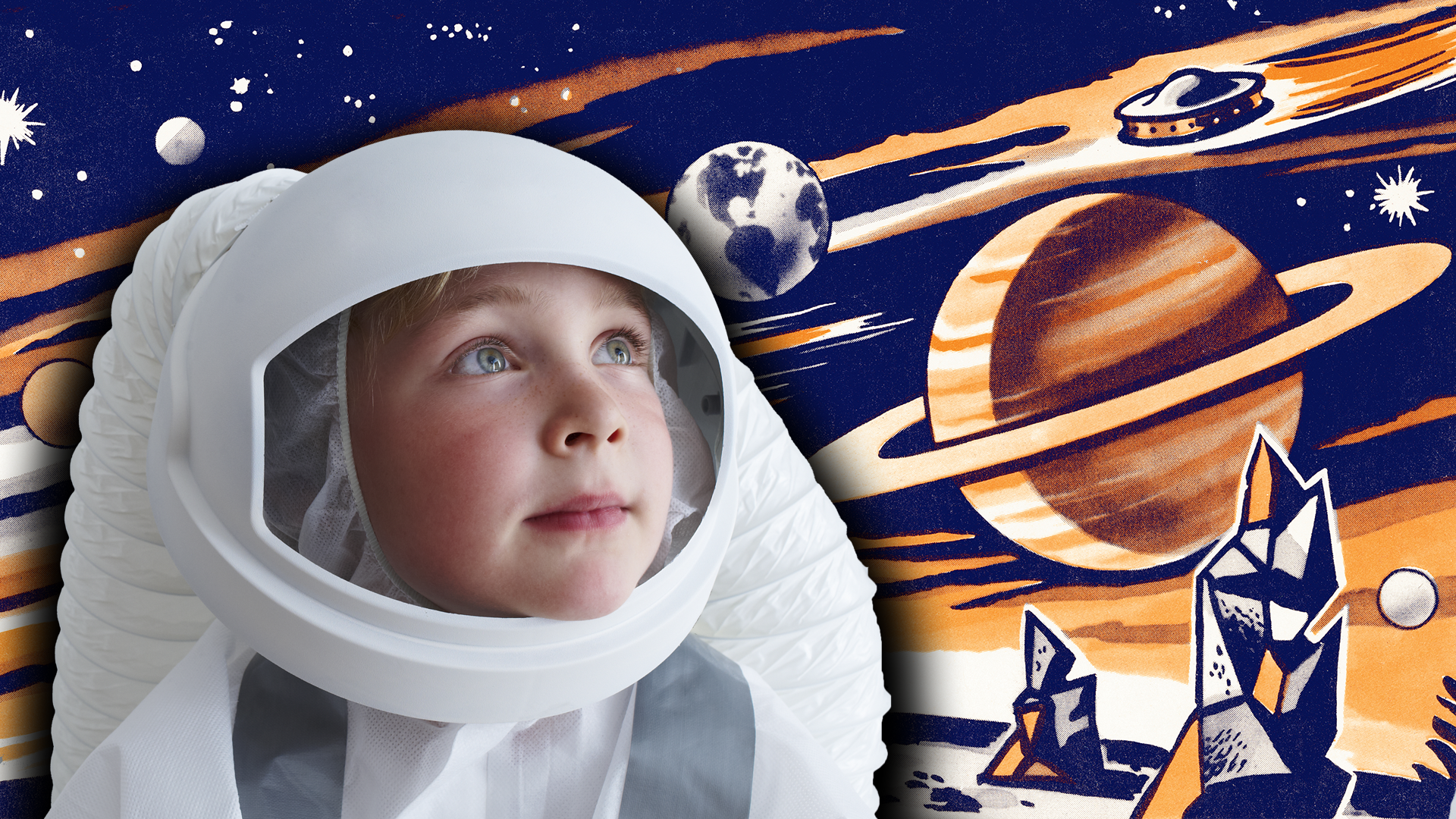A calendar of amazing stargazing events in 2022
- Published
- comments
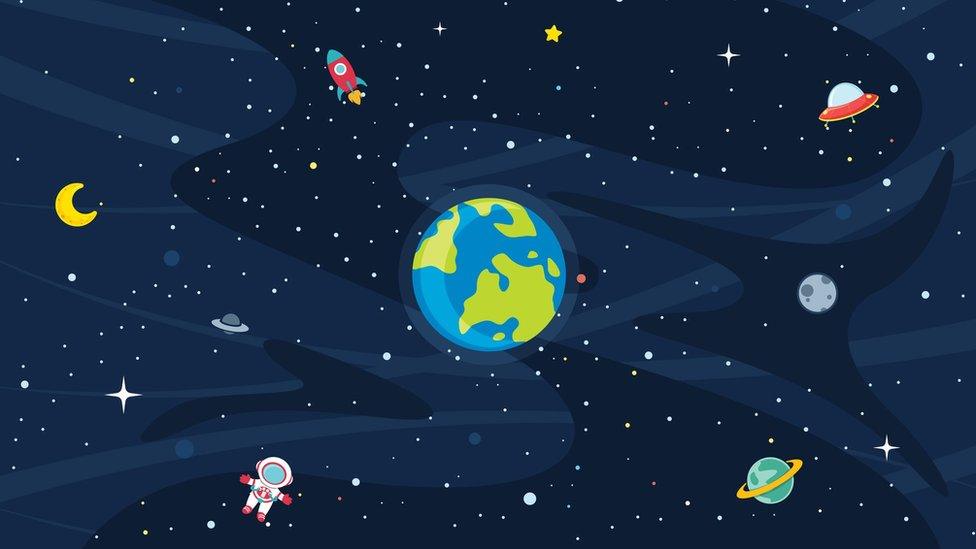
A new year, a new you, and a new sky at night to marvel at!
For those of you who love staring up at the stars and observing all the wonders of space, you've come to the right place.
Look ahead to 2022 and find out what delights are in store for you budding astronomers.
From lunar eclipses, supermoons and meteor showers - this year has it all!
The good news is that most, if not all of these stargazing events will not need any equipment like binoculars.
But it is easier to spot tiny planets and meteors in areas with low to no light pollution and clear skies.
Read on to find out more.
Guide to stargazing in 2022
January 7: Spot the solar system's tiniest planet!
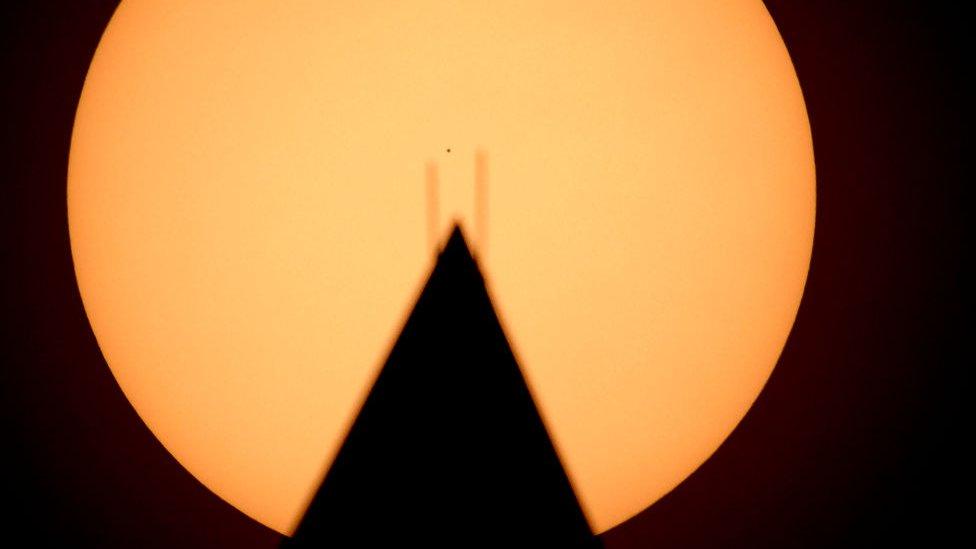
Yes, that tiny dot in the centre of the Sun is Mercury!
Mercury can be one of the most difficult planets to spot due to its size and closeness to the bright star which is our Sun.
But keen-eyed watchers may glimpse it on January 7 if they look just above the horizon, left of the sunset.
The Sun sets just after 4pm, and Mercury will be visible until it sets just before 6pm.
It may appear as a very tiny, shining dot similar to a star - so watch closely!
May 16: Early risers can spot the first lunar eclipse of the year
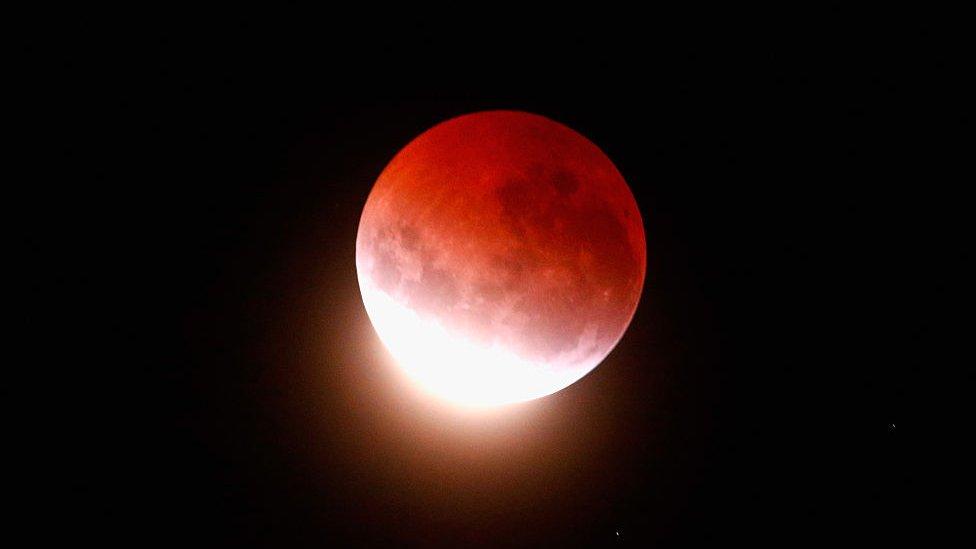
Jumping forward to May, the Spring and Summer months have lots to gaze skywards for!
You may be able to spot the first of two lunar eclipses this year in the early hours of May 16.
A lunar eclipse is when the shadow of Earth is cast on the Moon by the Sun which is situated directly behind making it appear to glow red.
The full eclipse will sadly not be visible from the UK, but you can see it for a short time just before 4.30am. The moon will set at 5.10am.
Read more about lunar eclipses and how to spot them here.
June 14: First super full moon of the year
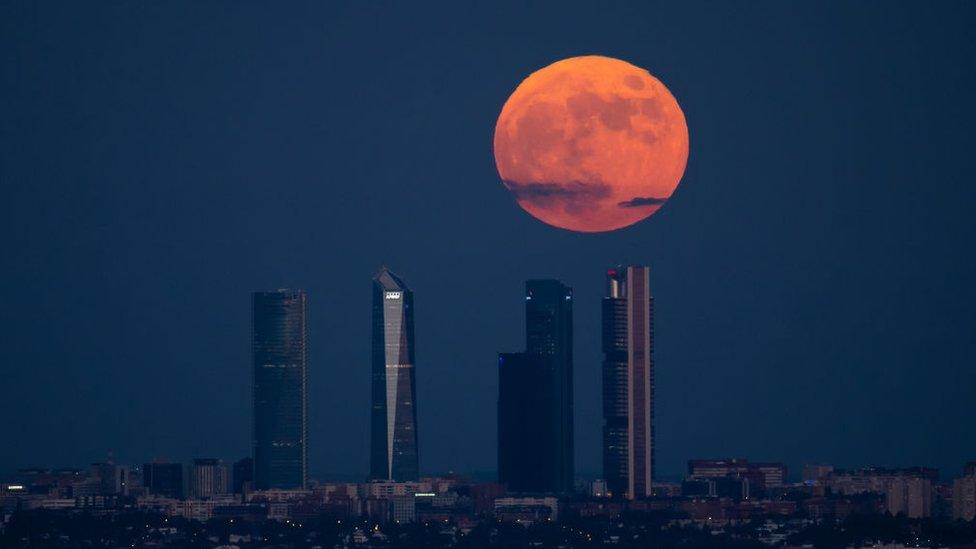
The Moon may appear very large in the sky
The start of Summer will see the first of two super full moons - first on June 14 and another on July 13.
A super full moon is when a full moon appears at its biggest and brightest.
This is because the Moon is at a point in its orbit where it is closest to Earth, making it appear very large in the sky.
On July 13, the Moon will be at its closest point to Earth in the year.
But don't worry - it's still nearly 222,000 miles away - it's not coming any closer than that anytime soon!
June 18 - 27: Five planets in our solar system line up
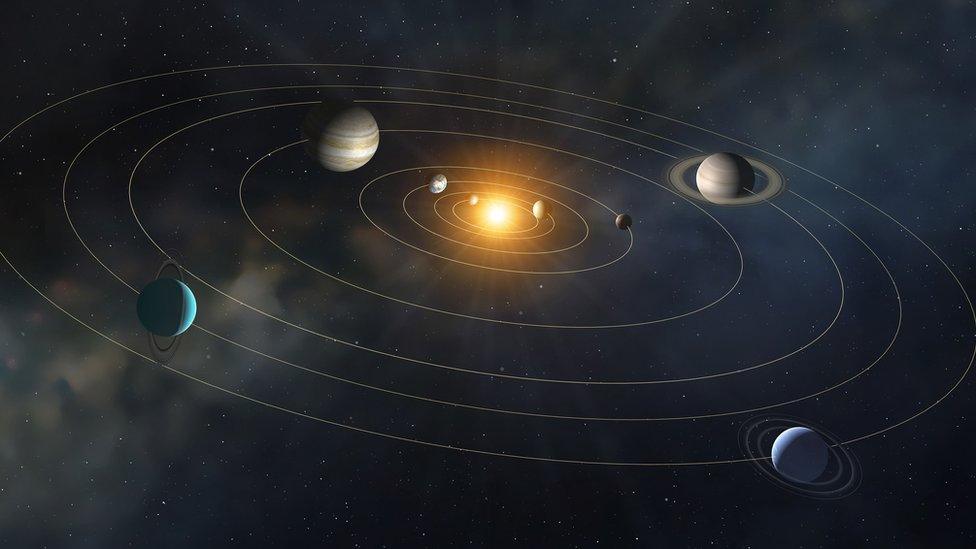
Five planets in our solar system will appear as if they are lined up together from our perspective on Earth
This one might be tricky to spot without a clear night's sky, but as many as five (and possibly six) planets are expected to line up together.
In order, the five are Mercury, Venus, Mars, Jupiter, Saturn and with some luck Uranus will join too!
During this period, the crescent moon will appear to pass near each of the planets, making them easier to spot.
Make sure to look out for a glimpse of Uranus on June 24 and 25, which will appear green!
October 25: Check out a partial solar eclipse
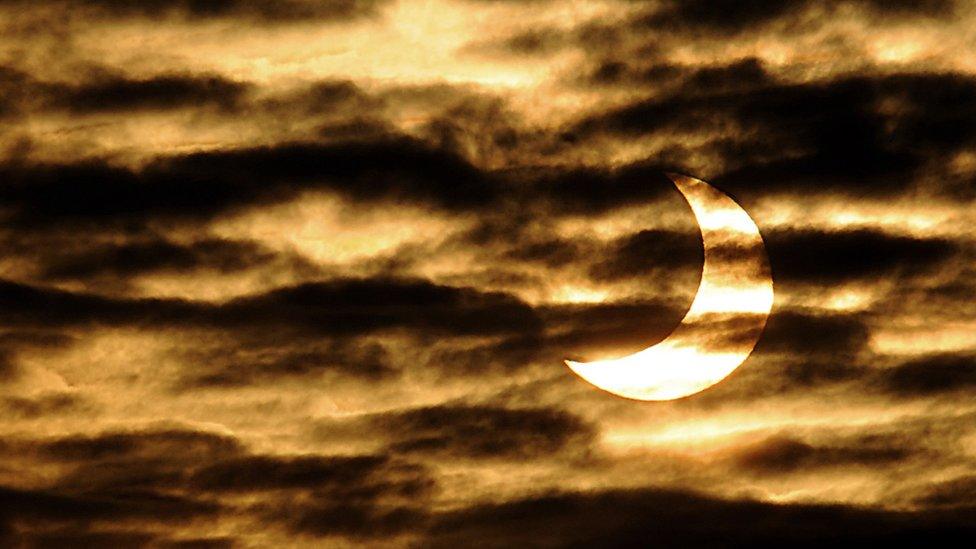
A partial solar eclipse is when the Moon partly blocks out the Sun from our view on Earth
Just after 10am on October 25, the Moon will pass across the sky, partly blocking the light from the Sun.
It doesn't cover the Sun entirely, so this is only a partial eclipse. It will cover around a quarter in total.
But still a miraculous sight to see - just be careful not to look at the Sun without the protection of special eclipse glasses or a pinhole camera.
Learn how to make a pinhole viewer in just one minute!
List of 2022s Meteor Showers
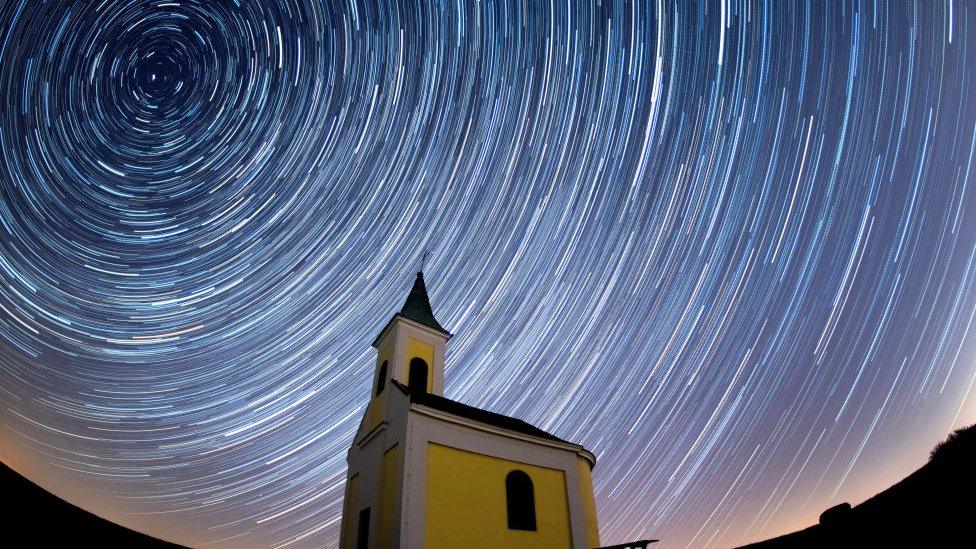
Trails from the 2020 Lyrid meteor shower in Austria
Finally, who doesn't love a good meteor shower?
A meteor shower is when small, fast moving space rock enters Earth's atmosphere leaving at the same position in the sky each year.
They typically have long white tails, and appear to travel in the same direction across the sky.
There are lots of meteor shower events throughout the year, but some will be easier to spot in the Northern Hemisphere than others.
Check out the full list below - are there any you'll be on the look out for?
Quadrantids peak: January 3 - 4. The "Quads" shower happens every January and is described as an above-average meteor shower, meaning that it produces around 100 meteors an hour! Read more here.
Lyrids peak: April 22 - 23. The Lyrid meteor shower will peak at 8pm on April 22, with an average of 17 meteors an hour. But it's thought that it will be hard to spot this shower as the Moon will be bright, making it harder to see the meteors.
Eta Aquariids peak: May 6. These will appear low in the sky, with an average of 50 meteors travelling an hour. They are thought to have come from a famous comet known as Halley's Comet.
Delta Aquariids and Alpha Capricornids peak: July 30.
Perseids peak: August 12 - 13. One of the easiest meteor showers to spot in the Northern Hemisphere.
Draconids peak: October 8 - 9.
Orionids peak: October 21 - November 2. Similar to the Eta Aquariids, they are thought to have come from the famous Halley's Comet. Fast-moving meteors, with a rate of 25 an hour.
Taurids peak: November 12 - 13. Slow-moving meteors, with an average rate of 5 an hour.
Leonids peak: November 17 - 18.
Geminids peak: December 14 - 15. Similar to the Perseid meteor shower, it is easier to spot than other showers on this list. Typically has a rate of 150 fast travelling-meteors an hour.
Ursids peak: December 22 - 23.
- Published17 August 2017
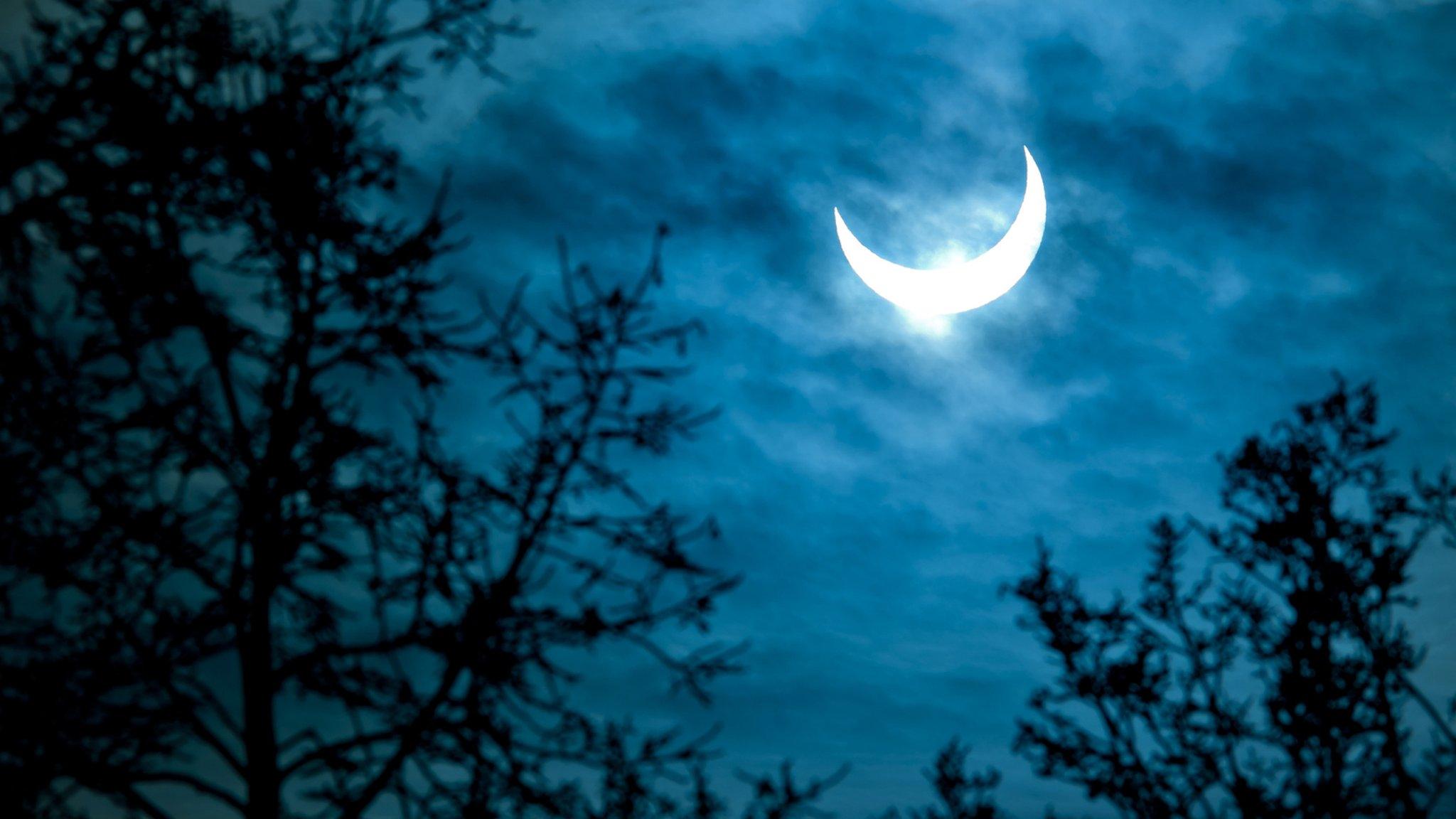
- Published6 October 2021
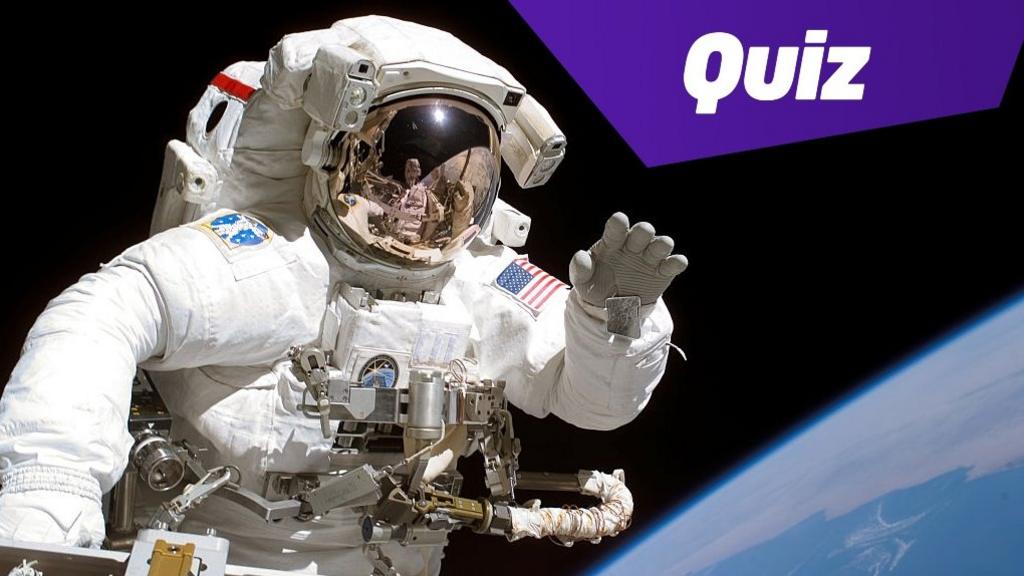
- Published14 September 2021
